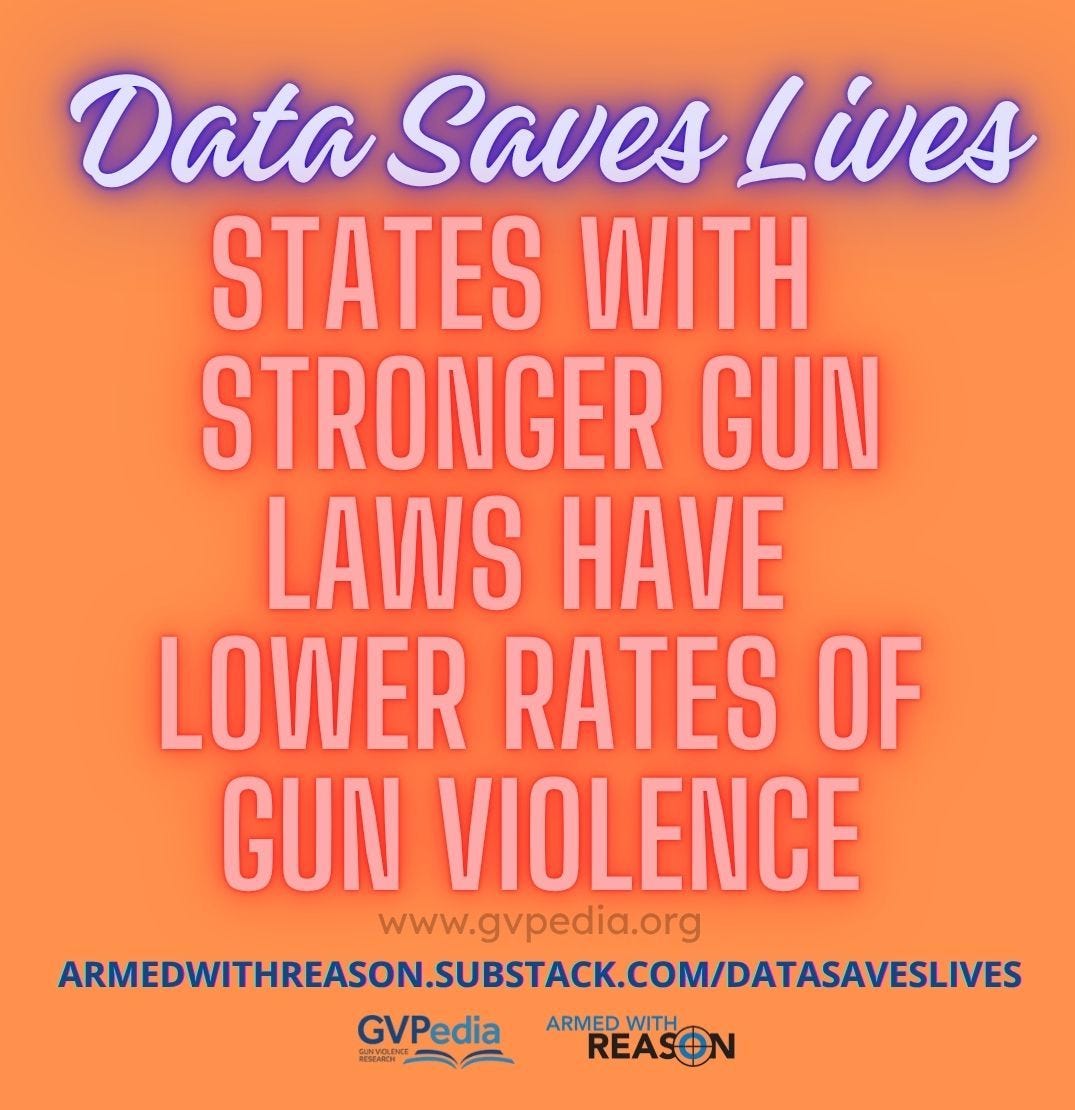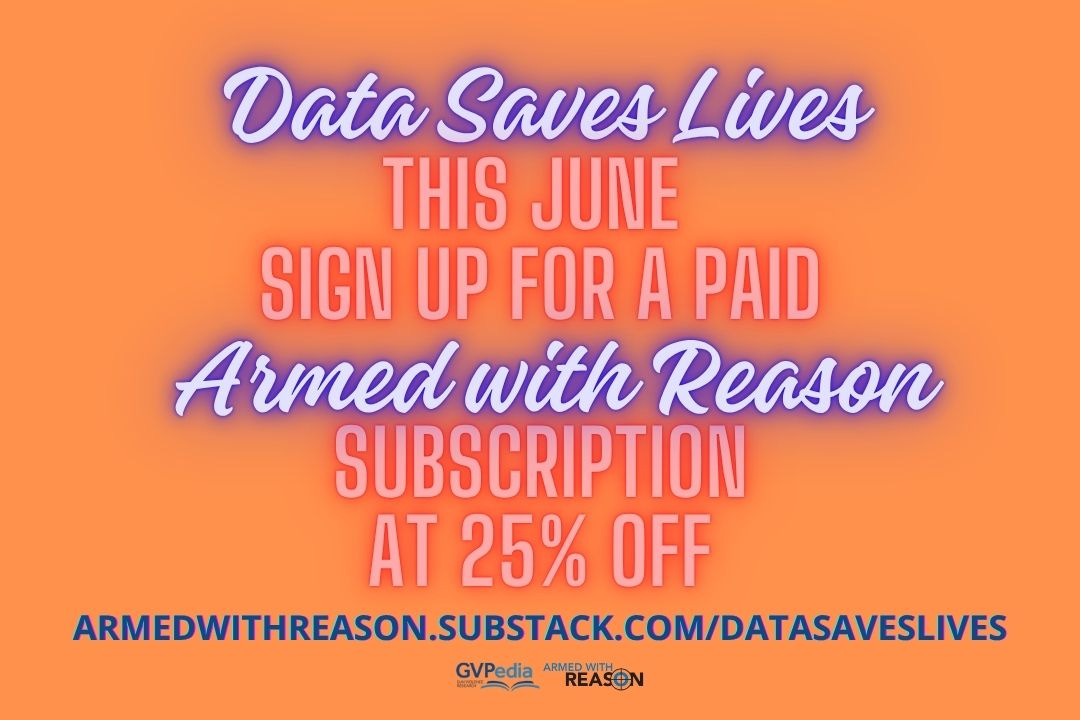A prime directive of GVPedia is to continually search for and compile the latest peer-reviewed academic and scientific studies and reports related to gun violence. With this new monthly feature, we will list the most up-to-date information as an easy go-to to help fight the disinformation that floods our digital age.
Alignment between self- and perceived peer support for specific firearm policies: Results from a representative survey of adults in nine U.S. states
“We are unaware of research examining the extent to which an individual's own support for specific firearm policies differs from what they believe their peers' level of support is for those same policies. In the current study, we address this gap by examining self and perceived peer support for specific firearm policies across political beliefs in a representative sample (n = 7785) from nine states.”
Increasing a hospital-based violence intervention program’s referrals for children and families in a pediatric emergency department
“Our pediatric tertiary care hospital sees a high rate of firearm injuries. Hospital-based violence intervention programs (HVIPs) reduce violent injury recidivism rates in victims. However, significant gaps exist in the delivery of trauma-informed services to families. Our specific aim was to increase our HVIP referral rate by 20% over a 12-month time frame for children seen for interpersonal violence in the emergency department (ED).”
Navigating Potential Pitfalls in Difference-in-Differences Designs: Reconciling Conflicting Findings on Mass Shootings’ Effect on Electoral Outcomes
“We show that studies finding a large positive effect of gun violence on Democratic vote shares are a product of a failure to properly specify difference-in-differences models when underlying assumptions are unlikely to hold. Once these biases are corrected, shootings show little evidence of sparking large electoral change.”
Profiles of gun violence exposure in a nationally representative sample of US youth and young adults
“Prevention efforts aiming to reduce the risk of gun violence need to take into consideration the co-occurrence of types of gun violence and be tailored to meet the needs of groups of youth and young adults following different patterns of exposure.”
Redlining, reinvestment, and racial segregation: a bayesian spatial analysis of mortgage lending trajectories and firearm-related violence
“This study examines the relationship between historical and contemporary lending discrimination in mortgage originations and firearm-related violence in Chicago, Illinois.”
School-Wide Attendance Rates and Firearm-Involved Expulsions in Michigan K-12 Public Schools, 2018–2022
“Efforts to improve school-wide attendance may offer a primary and universal prevention avenue against student firearm possession.”
“Stop, don’t touch, run away!”: reconceptualizing firearm industry-funded youth education programs as corporate political activity
“We conducted an analysis of Eddie Eagle Gunsafe® program-related materials and the NRA’s practices to promote the program’s legitimacy and effectiveness, by applying published taxonomies of corporate framing and action strategies.”
“This program is literally saving lives”: A participatory qualitative study of youth outcomes in a community-based music program to interrupt violence
“Thus, our community-academic research team, conducted a participatory evaluation to identify proximal outcomes of Beyond the Bars (BTB), an urban United States-based music enrichment program seeking to empower young people and facilitate community healing from cycles of disinvestment and violence.”
Unintentional firearm deaths among children, 0–17 years of age, by race: Findings from the national violent death reporting system, 2015–2021
“Of the 568 UFDs among children 0–17 years of age in our study sample, four-fifths of victims were male (Table 1). Deaths primarily occurred in a home (84%), usually the victim’s home (55%), and involved a child playing with a firearm (63%). Marked variations in incident rates by race were evident across victims’ age and urbanization.”








The new Research Rewind feature
is incredibly useful. Thank you!